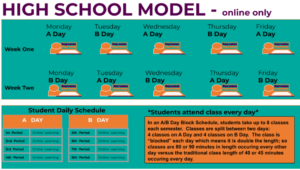Digital Learning Now for Charters
With less funding than traditional schools, charters have more incentive to find solutions that can boost achievement and reduce operating costs. They usually have more flexibility to implement solutions. But they often have limited capacity and get cut out of deals that benefit districts and students in traditional schools. Despite the mixed bag, we’ll see lots of blended learning innovation in the charter space this fall.
I had the good fortune to participate in a session today at the National Charter School Conference (#NCSC) in Atlanta with two of my favorite people, Susan Patrick, CEO of iNACOL, and Mickey Revenaugh, EVP Connections Learning. We reviewed the 10 Elements of Digital Learning, a project of the Foundation for Excellent Education and chaired by former governors Jeb Bush and Bob Wise.
1. Student Eligibility: All students are digital learners.
2. Student Access: All students have access to high quality digital content and online courses.
3. Personalized Learning: All students can customize their education using digital content through an approved provider.
4. Advancement: Students progress based on demonstrated competency.
5. Content: Digital content, instructional materials, and online and blended learning courses are high quality.
6. Instruction: Digital instruction and teachers are high quality.
7. Providers: All students have access to multiple high quality providers.
8. Assessment and Accountability: Student learning is the metric for evaluating the quality of content and instruction.
9. Funding: Funding creates incentives for performance, options and innovation.
10. Delivery: Infrastructure supports digital learning.
The session was full and I thought the Q&A would focus on blended learning implementation, but instead the focus was on the policy details behind this framework including administer a competency-based learning system, ensure assessment security for online learning, selecting high quality content, and creating incentives for providers to serve at-risk students.
Most charters will need a phased plan and some assistance to shift from print to digital and from teaching age cohorts to serving individual students.







0 Comments
Leave a Comment
Your email address will not be published. All fields are required.